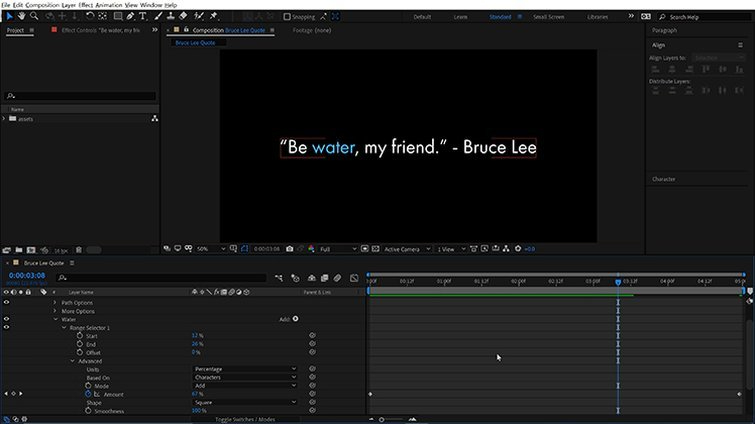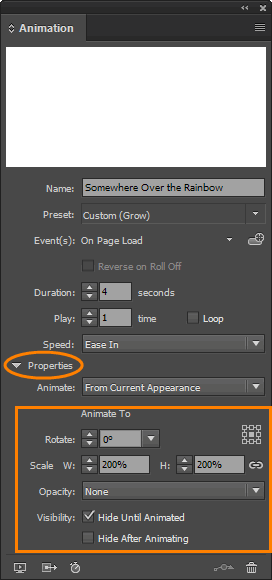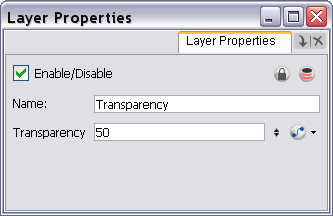

These properties include:Ī word of warning when using smart objects. A smart object acts like a wrapper for any layer, preserving the original layer while using a new set of properties. Layer properties include:Ī text layer in the timeline with the layer properties exposed.Ī smart object can contain any one or combination of the above layer types. If text has been rasterized, then the layer will no longer be a text layer, but rather will be a standard layer with pixel information. Layer properties include:Ī shape layer in the timeline with the layer properties exposed.Ī text layer contains editable text.

Because shapes and line segments are built with vector mask information, those mask properties will appear in addition to the other layer properties. Layer properties that are added to the layer’s existing properties include:Ī layer with a layer mask in the timeline.Ī layer with a vector mask in the timeline.Ī shape layer contains a shape (whether from one of the shape tools or the Pen tool) or a line segment. Layer properties include:Ī standard layer in the timeline with the layer properties exposed.Īdding a layer mask or vector mask to any layer will introduce additional properties specific to that mask. This is the most common (and most basic) layer in Photoshop. The standard (pixel) layer is a layer that contains pixel information. Because different layer types have different properties to animate, pay attention to which layer types are being used. Now that we have a good idea of how the animation process works in Photoshop, let’s take a closer look at the common layer types that can be animated.

Photoshop automatically creates the animation in between the keyframes. Playing back the animation shows how the object on the canvas moves from one position to the next. Moving the layer automatically adds a keyframe at the current time indicator’s location in the timeline. Again, another keyframe will automatically be added to the timeline. Move the current time indicator to another point in the timeline and reposition the layer. A keyframe is automatically added to the timeline. The stopwatch icon has been selected for the “Position” property. Notice that a keyframe is automatically placed at the current time indicator. To animate a layer property, simply click the stopwatch icon, which enables keyframe animation. Each layer in the timeline has a dropdown panel that exposes the layer properties (these are the properties that can be animated). ( View large version)Īs you probably noticed from the image above, the video timeline shows a representation of layers in the Layers panel. The timeline shows the current time indicator (3) and existing keyframes (4). The video timeline panel shows a layer (1) with layer properties (2). Let’s go ahead and create a very simple animation to see how this works. The video timeline allows for keyframe animation - which is an animation process in which you define key points of animation along a timeline and Photoshop will interpret the in-between frames to create a cohesive animation. Photoshop has two timelines for you to choose from. I won’t go into any more detail on this timeline I want to focus on the video timeline. It generally works by converting the layers in your Layers panel to individual frames. The frame timeline is for frame-by-frame animation and can be very limiting. Opening the Timeline panel (“Window” → “Timeline”) allows you to select between two types of timelines: video and frame. Practical Techniques On Designing Animation.A Better Way To Design For Retina In Photoshop.Because the topics and techniques in this article are advanced, a moderate level of Photoshop knowledge is expected.
ADOBE ANIMATE OPACITY HOW TO
We’ll also explore the roles that adjustment layers, filters and smart objects can have in animation (and how to combine all three for some amazing effects). We’ll look at the Timeline panel and the different properties that can be animated. In this article, I will share several advanced techniques to help you create complex animations. These additions have really upped Photoshop’s game.Įven though Photoshop is still a long way off from being able to create the high-end and cinematic animations of such programs as After Effects, it still has enough power to create complex animation - which is especially useful if you don’t want to spend time learning a new application. While animation in Photoshop is not a new concept, it definitely has come a long way in the last few years: The Timeline panel has been overhauled, video layers have been introduced, as has the ability to create keyframe animation.


 0 kommentar(er)
0 kommentar(er)
